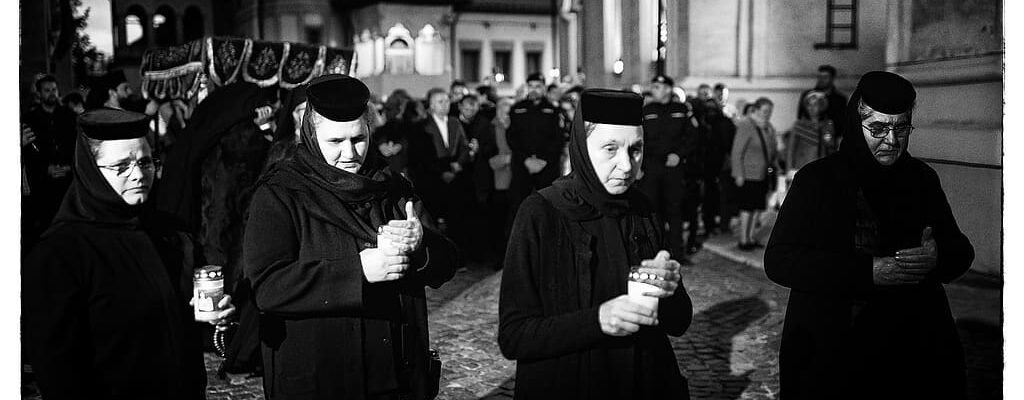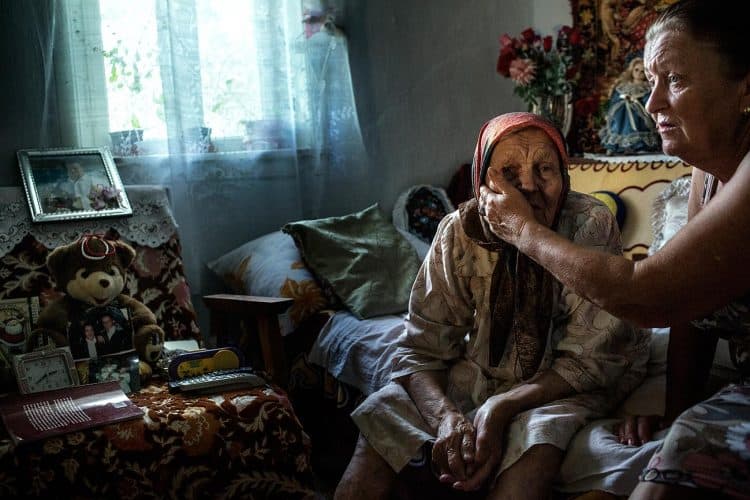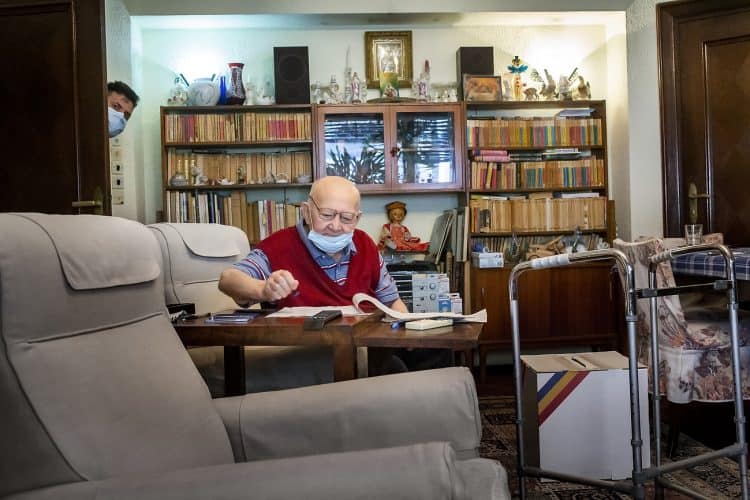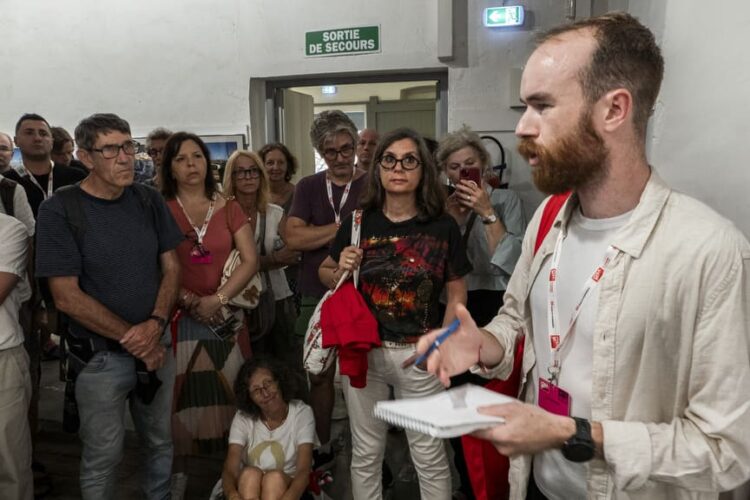The Decoder of Perception – A Matrix of Education and Emotional Development
As a human rights defender and documentary photographer, my education and observations over the years have led me to reconfirm a simple philosophical and sociological conclusion: every individual perceives reality through a unique internal filter — a decoder — shaped by their education and emotional development.
This decoder functions like a lens through which the world is interpreted. The more limited an individual’s emotional and educational maturity, the more rudimentary this decoder becomes. Like an outdated radio unable to catch certain frequencies, the individual can only access a narrow spectrum of reality. Beauty, empathy, and intellectual nuance — hallmarks of advanced emotional intelligence and education — lie beyond their perceptual range.
To illustrate this concept, imagine a visual diagram: on the left side, a vertical scale showing the evolution of the decoder — from a primitive form (symbolized by a monkey) to the highest cognitive decoder (represented by Einstein). This side represents the individual’s perceptual apparatus. On the right side, a parallel evolutionary scale shows humanity’s philosophical and spiritual development — from the primal state to Divinity, culminating in Christ-like compassion and awareness.
The thesis is simple: your ability to comprehend human complexity depends on the sophistication of your decoder. A primitive decoder cannot grasp the values, ideas, or emotional textures of a more evolved one — just as a monkey cannot appreciate a symphony or a mathematical equation.
This gap in perceptual capabilities explains why highly educated or emotionally evolved individuals often fail to connect with those who operate with a rudimentary decoder. It is not about arrogance or elitism — it is a matter of incompatible spectrums.
Attempting to explain altruism, solidarity, or systemic injustice to someone anchored in primal instincts and self-preservation is as futile as trying to explain Shakespeare to a parrot. Worse, the attempt may backfire. In the metaphorical “safari” of such encounters, you may find your food — or in modern terms, your phone or your ideas — stolen, your integrity attacked, and yourself exposed to psychological harm.
In this framework, the dangers faced by human rights defenders become more intelligible. When confronting systems or individuals governed by primitive decoders, one doesn’t just face misunderstanding but also hostility — born out of fear and inability to decode complexity. Thus, activism is not only a moral challenge but an existential one.
The conclusion is not pessimistic. Rather, it calls for humility and a better understanding of how communication and empathy can only occur where decoders align — or where bridging tools are created. Education and emotional development must be seen as security infrastructure in democratic societies, not optional extras.
This concept can shape policy: if we want a more just society, we must invest in the quality of the decoder — that is, in education systems rooted in critical thinking, and in emotional literacy that fosters compassion.








